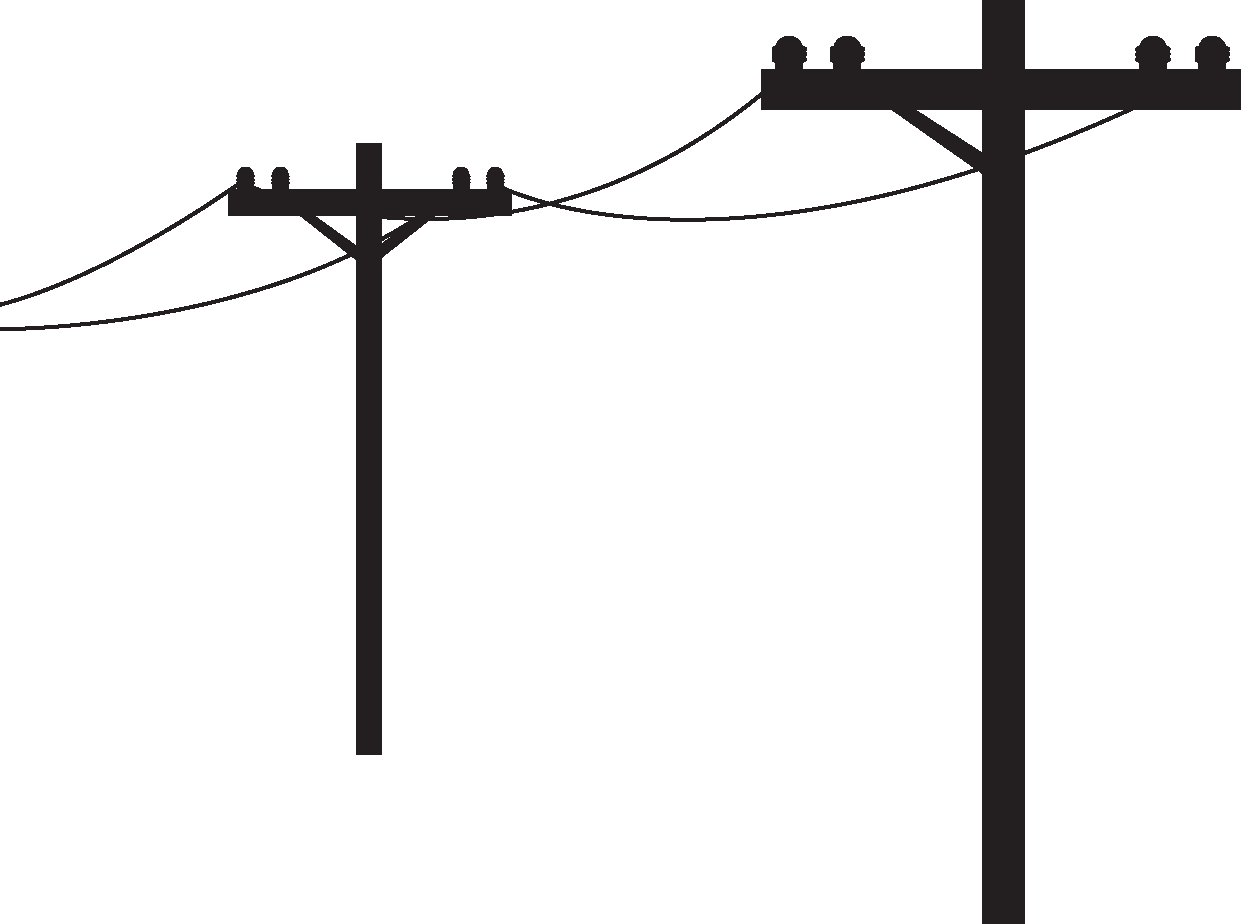The Electric Cooperative Story
Electricity first began to flow across the land in the 1930s. However, the prospect of electric service in the rural areas didn’t look very bright. Electric utilities already energizing the cities showed no interest in lighting the countryside.
Then, President Roosevelt signed Executive Order 7035 establishing the Rural Electrification Administration and rural residents took matters into their own hands. In Berkeley County, coordinated by the County Agent’s Office, six men stepped forward to undertake the task of forming an electric cooperative.
Each of the six had to convince 100 folks to pay the $5 membership fee in order to reach the 600-member minimum needed to incorporate. This fee was no small amount in the 1930s and in some cases Mr. J. Perry Peagler, one of the original six board members, would even pay the membership fee for those who couldn’t afford it.
On January 5, 1940, the articles of incorporation were signed and Berkeley Electric Cooperative (BEC) was formed.
From these humble beginnings, Berkeley Electric Cooperative has grown into a state-of-the-art electric utility serving over 135,000 member accounts in Berkeley, Charleston, and Dorchester counties with over 6,500 miles of line connecting them. This makes Berkeley Electric Cooperative the largest electric cooperative in South Carolina, and one of the top 25 in the nation.
Berkeley Electric Cooperative is a not-for-profit, member-owned electric utility which serves its members in accordance with the 7 Cooperative Principles. Electric cooperatives were formed 75 years ago with the specific task of electrifying rural America. South Carolina’s electric cooperatives now serve over half a million consumers, or nearly one third of the population of our state. Together, that makes them larger than any other utility in the state in the total number of consumers served.
Cooperatives build and maintain three times the miles of power line of other utilities and do so at comparable rates despite fewer revenues. They do this by operating on a not-for-profit, cost-of-service basis. The margins are given back to the members, in the form of capital credits, to reduce their electric costs.
Once a consumer pays the $5 membership fee, they become a part owner of the cooperative. They have a voice in how the cooperative is operated and influence this process through casting their vote at the annual meeting.
The bylaws of all cooperatives require that they hold an annual meeting of members once a year. Berkeley Electric Cooperative’s annual meeting is held in the fall and is attended by 20,000 to 30,000 members, making it the largest annual meeting of any cooperative in the nation.
It is also at the annual meeting that Berkeley Electric Cooperative’s nine-member board of trustees is elected from the membership by the members. Three board positions are voted on at each annual meeting. Learn more about your cooperative's governance.
Because the members of the cooperative are also the owners this means the cooperative is locally owned and operated. Employees of the cooperative are also local residents who are familiar with the needs of the communities they serve. One of the guiding principles of electric cooperatives is commitment to community.
This all adds up to mean that cooperatives are more responsive to their members’ needs. Whether this means the need for a new substation to serve a neighborhood or a new program to make members’ lives easier, Berkeley Electric Cooperative will always be Your Local Connection®.
By-the-numbers

135000
Accounts

6552
Miles of lines

3
Serving Berkeley, Charleston, Dorchester counties
